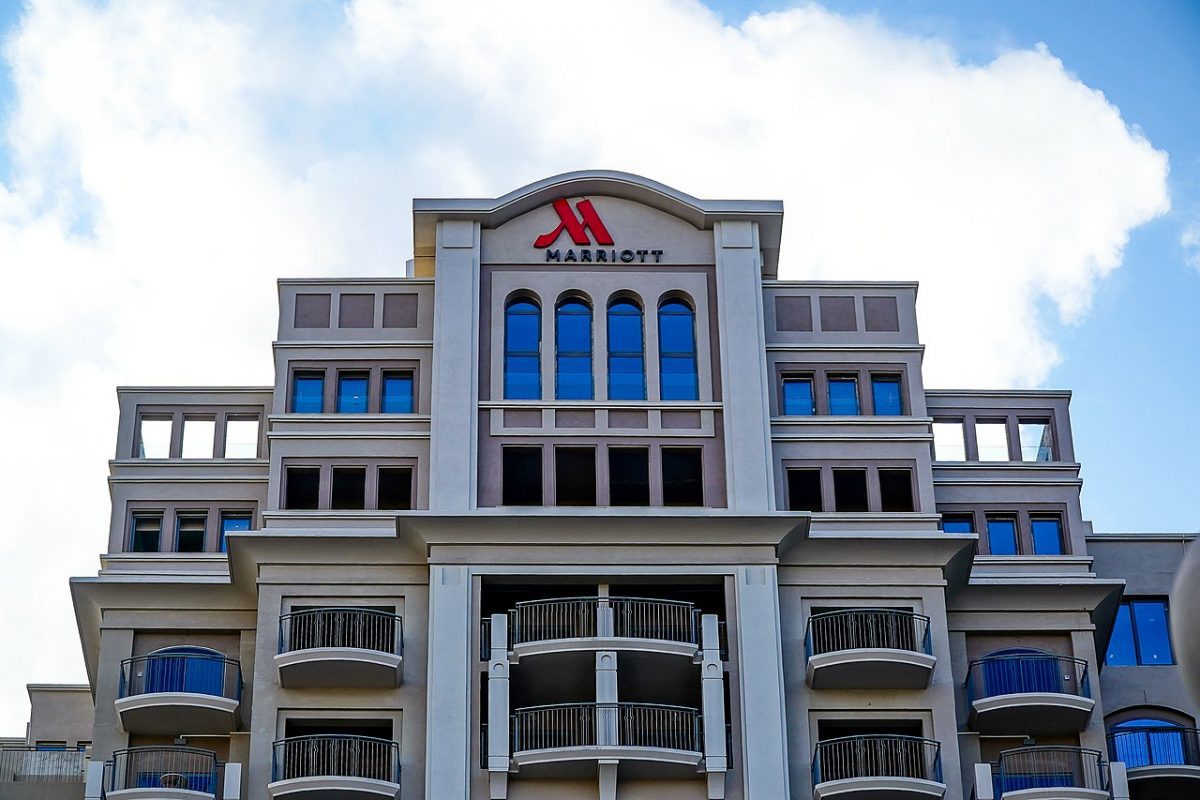Skift Take
“Bleisure” is a frequent buzz word on Marriott earnings calls during the pandemic, but the company’s development lab signals this pandemic trend of blended travel purpose has a long lifetime ahead.
Research and development labs aren’t just a thing for Big Pharma and Silicon Valley. The world’s largest hotel company has one mapping out its post-pandemic future.
Like a lot of companies, Marriott likes to keep things hush-hush at what goes on within its R&D team. But company leaders this week were willing to divulge employees at a 10,000-square-foot design lab set to open later this year at Marriott’s new Maryland headquarters. Marriott is partnering with companies like LG Corp., appliance firm Carrier Global Corp., and several startups at the new lab.
While plans for the lab may have been in development prior to the pandemic, don’t be shocked if the health crisis drives some of what gets explored and ultimately implemented at Marriott’s roughly 7,800 hotels.
Blended business and leisure travel — or “bleisure,” as company CEO Anthony Capuano frequently calls it on earnings calls — roared to life over the last 20 months, and an R&D team can figure out how to make Marriott hotels run better with this demand sector dominating the travel landscape. The R&D lab will also tackle areas like construction, building operations, and sustainability.
“We think there’s a lot of fertile ground in a bunch of those areas, and our notion is that those areas of focus will shift somewhat each year,” said Jeff Voris, Marriott’s senior vice president of global design, during an interview with Skift. “The melding of business and leisure travel together: What do we want to do about it? What things do we think are durable as opposed to what things are here for a minute.”
The Marriott team wasn’t ready to provide too much in the way of specifics of what might come out of the lab, as everything is still in preliminary stages. A company spokesperson declined to provide financial specifics as to how much of an investment Marriott is making to fuel the lab’s operations.
While company leaders tout this as a lab for the entire industry exploring similar trends and sustainability initiatives, it’s hard to imagine the phone lines will be open to share everything the Marriott lab develops with competitors a few miles down the road at Hilton headquarters in Virginia.
Leisure travel will be a vital factor in a lot of what gets researched. This sector is four times the size of business travel at Marriott International, the company’s group president Stephanie Linnartz said during an appearance on Yahoo Finance Live this week.
Leisure travel was also growing as a demand segment faster than business travel prior to the pandemic, so it makes sense the company would want to explore ways to make hotels across Marriott’s 30 brands have more appeal to these travelers.
“The things we do touch every piece of the experience: the building of things, the way guests experience, and the way associates experience — all of that stuff is important,” Voris said. “I can also say that, as somebody who has an eight-year-old and a six-year-old, I don’t think hotels broadly do a good enough job of serving families or group travel. And so, I think that that is the thing that we absolutely want to focus on.”
Marriott’s new design lab has a predecessor, an innovation lab in the company’s current headquarters that features mock-ups of rooms at many Marriott brands.
But some of the new lab’s research will extend to making hotel rooms more flex spaces that can transition throughout the day. Marriott is working with furniture and design brand Ori on how to maximize usage in smaller spaces.
Ori is known for residential space solutions where beds can drop down from the ceiling at night but otherwise look like an overhead design piece during the day. Closet and office space can be tucked away into walls when not being used. That can come in handy if a hotel room is getting used for business and leisure or even in the increasingly popular extended-stay hotel segment.
The travel orbit of analysts, developers, and executives conjectured throughout the pandemic on how much of these new types of travel were permanent and how much of it was short-lived. Business travel and mega-conventions historically brought in more money than leisure travelers, so it is no wonder travel groups would hope — even futilely — for a snap back to the way things were.
But new variants keep pushing back the long-awaited return to the office. Developers increasingly see the future of work as one that is permanently changed.
The fact Marriott is bringing in a partner like Ori shows the world’s largest hotel company doesn’t see a blended type of travel going away anytime soon.
“When you want it to be an office, it’s an office, and, when you want it to be a bedroom, it’s a bedroom,” Voris said of the potential flex hotel room. “When we talk about it as a hospitality suite, you want to have meetings in your room, but it’s kind of weird to invite people to your bedroom. So, if it’s not a bedroom, it’s an office. That makes a lot more sense.”
Have a confidential tip for Skift? Get in touch
Tags: coronavirus, coronavirus recovery, marriott
Photo credit: Marriott's new design lab is likely to factor in leisure travels continuing, dominant reign over hotel demand coming out of the pandemic. JamieMarriott / Wikimedia

